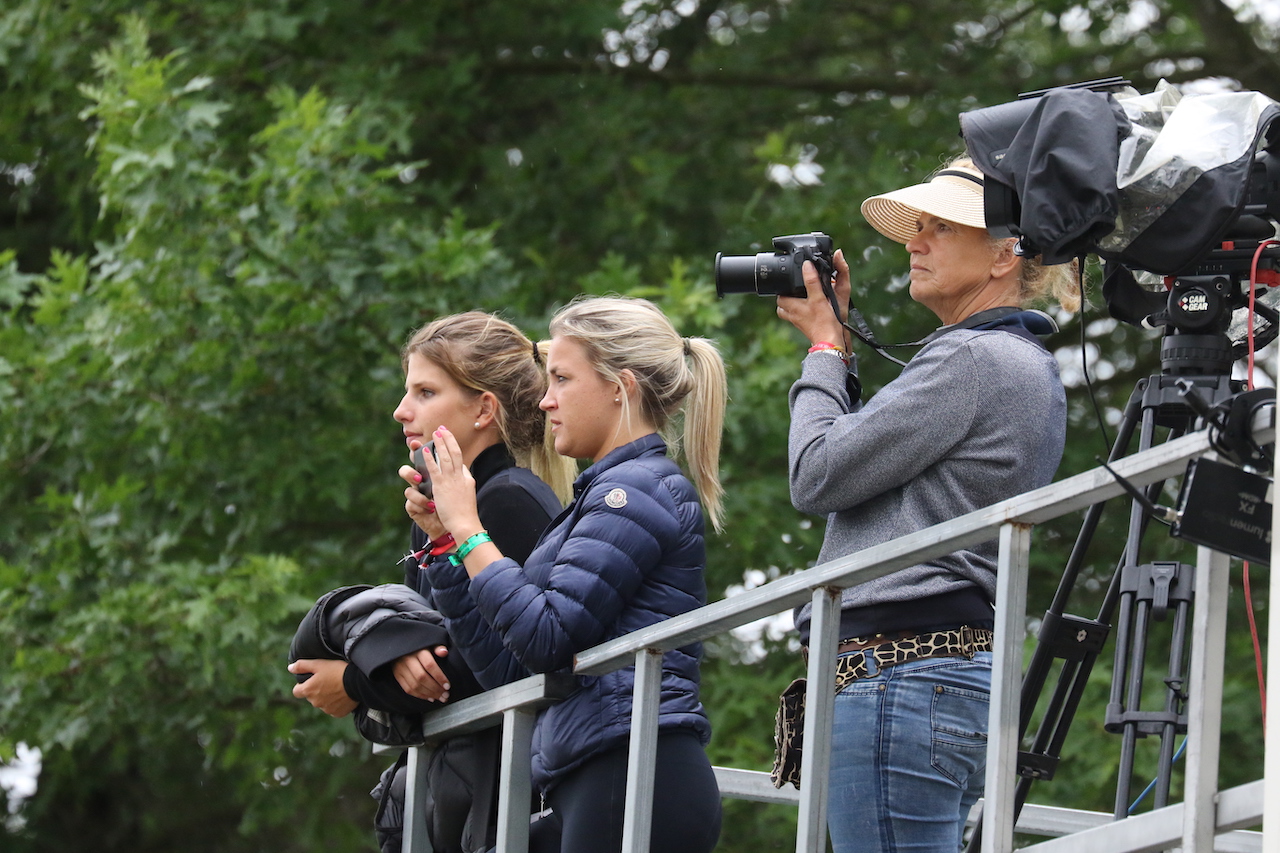We’ve all been there… You enter a show with a young or inexperienced horse. The goal? Build connection, gain trust, and collect valuable experience. But things don’t go as planned — and of course, that one unfortunate round is the one caught on camera.
In collaboration with streaming service ClipMyHorse.TV, the FEI has implemented a new policy: footage may only be removed in exceptional cases. According to the regulations, "It is FEI policy that video content cannot be removed from the archives unless it involves injuries or serious incidents."
Legal Boundaries to the Policy
From a legal standpoint, this policy is not bulletproof. Riders who are clearly identifiable in the footage can invoke portrait rights. Participating in a public sports event does not automatically imply consent for publication of images, unless this consent was formally obtained in writing.
Moreover, identifiable individuals fall under privacy laws, such as the European General Data Protection Regulation (GDPR). Individuals have the right to access and, in some cases, request deletion of personal data — including video footage — especially when they can demonstrate significant reasons, such as reputational harm or personal hardship.
Solid Arguments Still Matter
While the FEI and ClipMyHorse have restricted video removals, the legal rights of individuals remain in place. In practice, this means riders need to present strong, well-documented cases showing that their personal interest outweighs the FEI’s archival or transparency interest.
Striking a Balance: Transparency vs. Privacy
The key question remains: How do we balance transparency, personal privacy, and reputational protection in an increasingly digital sport?
Share your thoughts!
What do you do? You reach out to the streaming platform and politely ask for the video to be taken down. But from now on, that might no longer be an option.
In collaboration with streaming service ClipMyHorse.TV, the FEI has implemented a new policy: footage may only be removed in exceptional cases. According to the regulations, "It is FEI policy that video content cannot be removed from the archives unless it involves injuries or serious incidents."
Legal Boundaries to the Policy
From a legal standpoint, this policy is not bulletproof. Riders who are clearly identifiable in the footage can invoke portrait rights. Participating in a public sports event does not automatically imply consent for publication of images, unless this consent was formally obtained in writing.
Moreover, identifiable individuals fall under privacy laws, such as the European General Data Protection Regulation (GDPR). Individuals have the right to access and, in some cases, request deletion of personal data — including video footage — especially when they can demonstrate significant reasons, such as reputational harm or personal hardship.
Solid Arguments Still Matter
While the FEI and ClipMyHorse have restricted video removals, the legal rights of individuals remain in place. In practice, this means riders need to present strong, well-documented cases showing that their personal interest outweighs the FEI’s archival or transparency interest.
Striking a Balance: Transparency vs. Privacy
The key question remains: How do we balance transparency, personal privacy, and reputational protection in an increasingly digital sport?
Share your thoughts!



